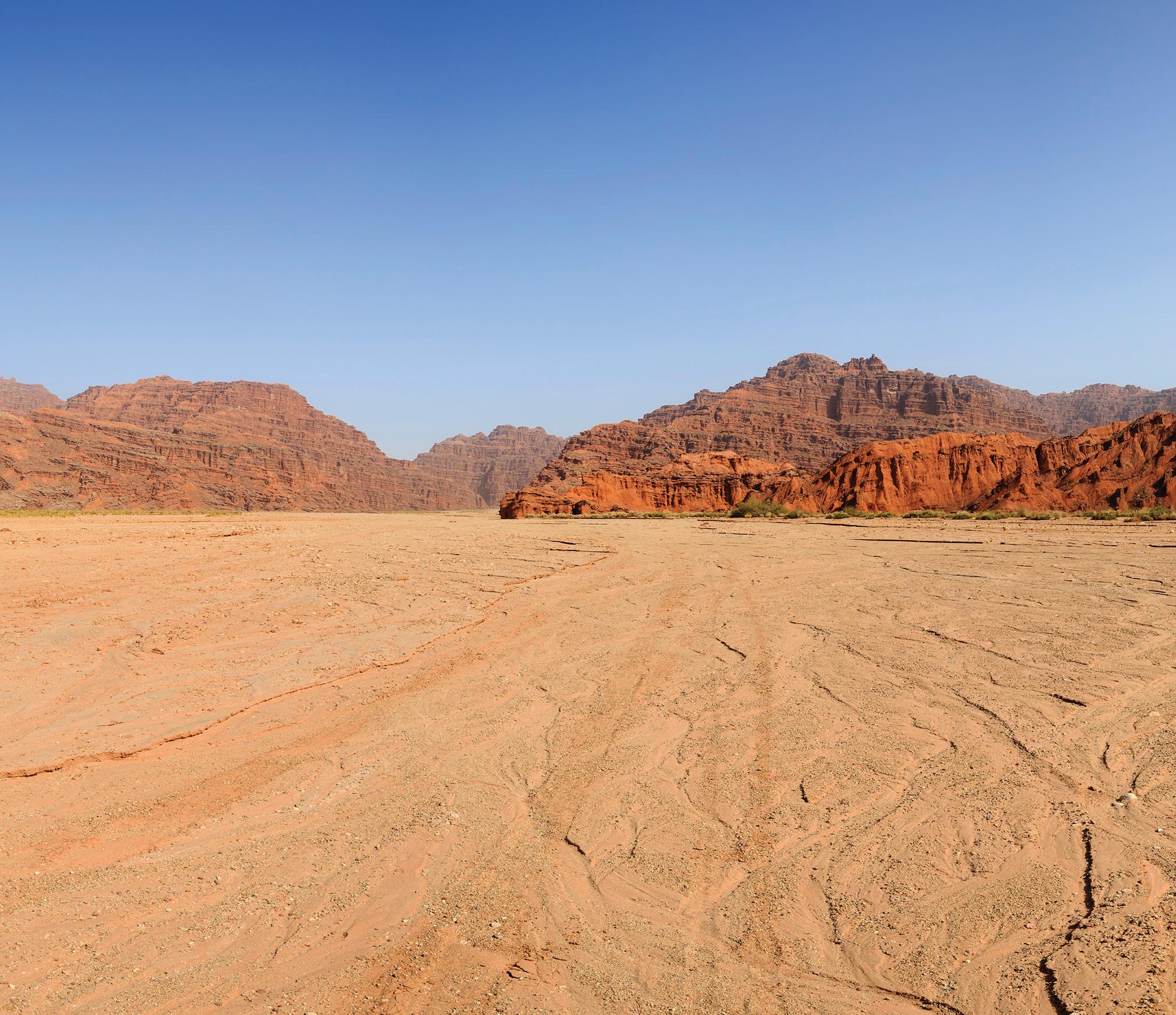
1 minute read
Mitigating climate migration
CREATIVITY & CULTURE
Predictions regarding the potential impact of climate change on environmental health and biodiversity are stark. But the issues don’t stop there.
Advertisement
ASSOCIATE PROFESSOR YAN TAN Lead researcher
The UN ’s estimates regarding the number of people likely to be forced into environmental migration start at around 25 million; at the upper end, they stretch to one billion. Recognising the critical importance of governments and communities understanding how to prepare for this social upheaval, the University of Adelaide has led pioneering research in two of the most instructive regions in the world: China’s desertifying west, and the sea-levelrise-prone Yangtze delta. Collaborating with colleagues from Lanzhou University and the Chinese Academy of Sciences, the University’s team investigated the theoretical, behavioural and policy dimensions of climate change and population mobility in these regions of China between 2011 and 2015. According to lead researcher Associate Professor Yan Tan, the findings show a relationship that’s far from simple.
“If there was one thing that stood out to us, it was that this one thing—climate change—is not causing migration on its own.
“It’s the result of a complex web of interactions between climate change and numerous other factors—demographic, social, economic and political. These interactions can work to exacerbate people’s sense of vulnerability and inequality, and it’s the degree to which they feel that cumulative pressure that shapes their migration behaviour and intent. “Ironically, conducting state-led climatechange mitigation and adaptation projects actually increased population displacement and resettlement, as it raised people’s awareness of their vulnerability.” This population mobility was found to have significant impacts in terms of people’s livelihoods; the need to reconstruct social and cultural systems; and the provision of infrastructure and social services. It even created environmental consequences of its own. Although focused on specific Chinese regions, adds Tan, the research offers salient lessons for authorities worldwide. “There’s an urgent need for provincial and local governments to plan cohesive development programs in which local urbanisation and human resettlement are integral. “We need to facilitate, rather than inhibit, people’s willingness to take responsibility for their own livelihoods and improve their adaptive capacity.”










